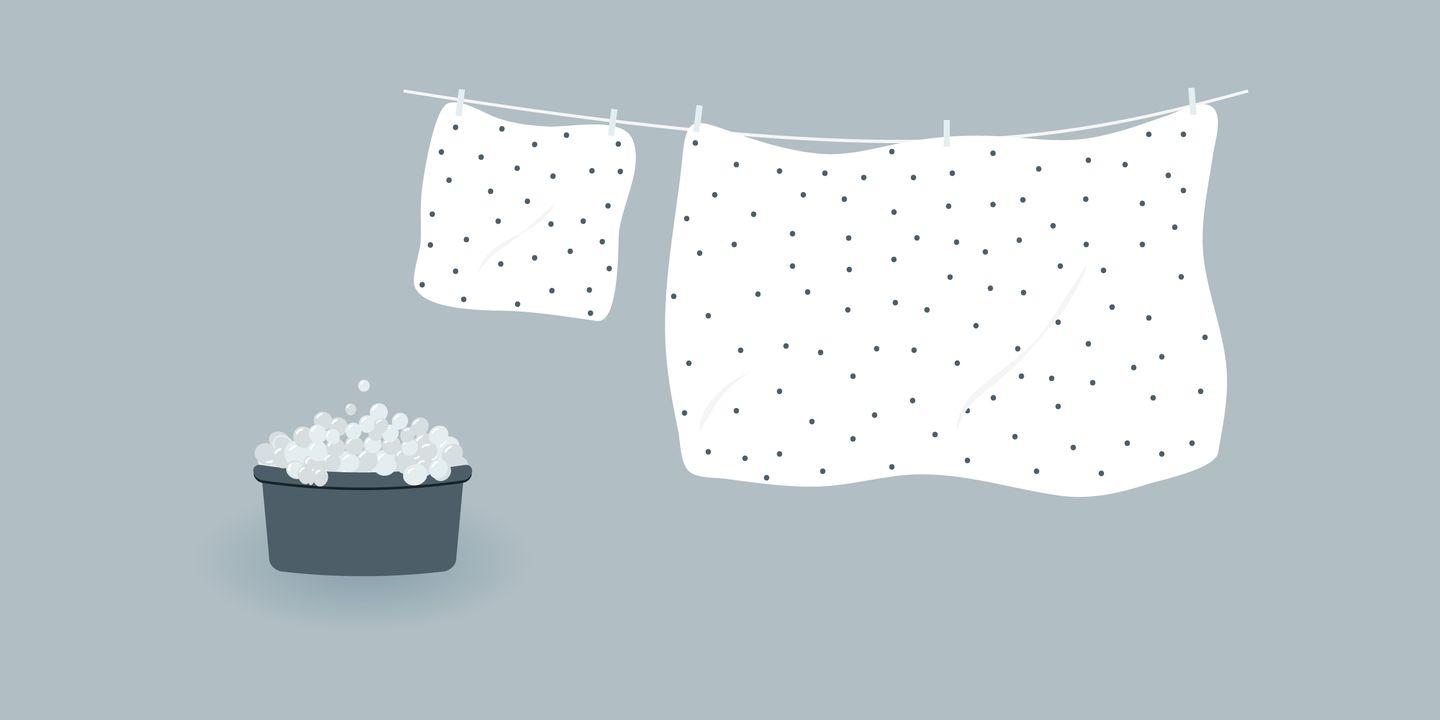How to Dry a Duvet Without a Dryer
Good duvets can make a welcome addition to any bed. Duvets are warm, cosy, and have a way of making you feel safe and secure when you turn in for the night–as if you’re wrapped up in a friendly hug. They’re also a cinch to keep clean and ready for your next snooze sesh—unless, that is, you don’t have a dryer.
If you’ve been operating without one of these appliances for a while, you know how tedious it can be to care for large, unwieldy items like bedding. Fortunately, most duvets are reasonably easy to dry without the aid of electricity, provided you’re patient and have the resourcefulness to make use of other objects and areas throughout your home.
Not sure where to begin? Don’t worry; we’ve got you covered. (See what we did there?)
Here’s our one-stop, authoritative guide on how to dry a duvet without a dryer.
How Long Does It Take for a Duvet to Air Dry?
Since duvets are all a little different, it can be tough to give a precise timeframe for how long it might take for yours to dry out naturally. As a rule, you can expect a freshly washed duvet to be dry to the touch after about 18-20 hours. In some cases, it may take closer to 24 hours to dry all the way through. This may sound like an eternity, but it makes sense when you consider the composition of a typical duvet.
One disadvantage that duvets have compared to other types of bedding when it comes to laundry turnover times is that not only do most of them have a rather extensive surface area, but they also contain other materials.
Indeed, this is the secret to their warmth—the loose filling (usually either down or feather duvets, but you can get hollowfibre duvets that mimic the feel and insulating abilities of natural fillers) settles in overlapping layers and forms thousands of tiny air pockets that trap heat body heat and prevent it from escaping.
These heat-retaining properties and the unique structure that make them possible are great for keeping out the cold but not so great for releasing moisture. Once your duvet is wet, it will stay that way until all of the water inside dissipates, either quickly through the application of heat or gradually through exposure to air.
Before you give up on the idea of washing a duvet, though, take a look at these clever drying strategies, none of which leave you at the mercy of a conventional clothes dryer.
How to Dry a Duvet Without a Dryer — 10 Ways to Get the Wet Out
Just because your duvet is predisposed to staying damp longer than you’d like doesn’t mean you’re powerless to do anything about it. Even if you have no choice but to let time and physics take their course, there are numerous ways to hurry things along.
With that in mind, here are ten quick and easy methods for drying your duvet without mechanical assistance. This list is guaranteed to hold at least one work-around that’s suitable for you, regardless of how your home happens to be set up.
Before we jump into it, it’s worth mentioning that all of the following suggestions will work like a charm for drying your duvet cover, as well. You can sort out both pieces simultaneously to make sure they’re good to go by bedtime or tackle them one at a time if space is a limiting factor.
Air-Drying Your Duvet
If you’re looking for a solution that requires little or nothing in the way of additional equipment, look no further than one of these half-dozen hassle-free drying hacks.
Clothesline
There’s a reason people have been line-drying their linens for centuries, and the reason is that it works. If you have a clothesline in your garden and an agreeable stretch of weather, you have an effortless way to dry a duvet without forfeiting valuable square footage inside your home. Just hang the covering after it comes out of the wash and take it down once it’s no longer damp.
If you don’t have a clothesline, but do have some suitable space for one outside, we strongly recommend getting one, as it promises to take much of the difficulty out of laundry day for as long as you remain dryer-less.
Airer
Airers (also known as drying racks) make excellent dedicated drying stations for conscientious homeowners who shudder at the idea of cluttering up their living rooms with limp washing. These cheap, unobtrusive devices can help dehumidify duvets and other items in no time, especially when combined with proper airflow and warm interior temperatures.
The key to their no-tech efficiency is their purposeful, open design, which maximises ventilation and allows air to circulate easily around both sides of the duvet’s outstretched surface.
Door
No airer? No problem. You can jury-rig a similar setup by draping your duvet over an open door. The doorway you select as the site of your experiment may be a tight squeeze for the next several hours, but it still beats blanketing one of your most-used pieces of furniture.
Just be sure to give the door’s edges a good wipedown first—otherwise, whatever dust, dirt, or debris are on them may end up spoiling your lovely clean duvet.
Curtain Pole
Curtain poles are a lot like clotheslines, and they’ll fulfil the same basic function, albeit with less of an assist from the breeze. As with the previous method, you’ll want to wipe down your curtain pole before putting it to its new use, as such fixtures are notorious for gathering dust.
Ideally, you should wait for a sunny day to test this tactic. A spot of sunshine will accelerate the drying process while also lending your duvet a crisp, fresh feel. What’s more, the sun's rays can rid bedding items of icky illness-causing bacteria and brighten light-coloured fabrics to keep them looking new as they age.
Balcony
Assuming it’s impractical for you to dry your duvet within your actual living quarters, you might try taking things outside. As luck would have it, the railing on your balcony, if you have one, can double as a makeshift airer.
This one ticks all the boxes—it offers superior circulation, ample exposure to daylight, and unparalleled space-saving potential. Our only caveat is to proceed carefully on windy days. A strong enough gust may send your duvet sailing down the street!
Bed
Finally, if no other areas are available to you, you have the option of using your bed. Simply spread out the duvet and let it sit until it’s suitable for sleeping.
If possible, switch on a heater or fan in your bedroom to get the air in the room moving, and be sure to keep an eye on the clock. At the halfway mark (approximately 10-12 hours in), turn the duvet over, so the underside can get some much-needed air.
The main drawback of this method is that the moisture from the soaked fabric can seep down into your bed itself. As such, we recommend stripping your bedding beforehand and setting the duvet directly on your bare mattress.
Using Heat to Dry Your Duvet
A little heat can make a big difference when time is of the essence. These torrid techniques will work best when performed in conjunction with one of the aforementioned arrangements.
Radiator
Radiant heat can do wonders for drying out duvets and other soggy bits of washing. Take advantage of the warmth your radiator produces by leaving your duvet to dry somewhere nearby. The escaping heat will encourage the water saturating the fabric fibres and filling to evaporate at a far more reasonable pace than air-drying alone.
Caution: Be aware that while placing your duvet next to or above the radiator can help it dry out faster, placing it directly on top of the unit can pose a serious fire hazard.
Keeping your radiator covered for hours on end can also inadvertently lower the temperature in your home, as the majority of the heat will be going straight into the duvet rather than diffusing into the surrounding environment.
Space Heater
Like radiators, space heaters give off a steady stream of concentrated heat that allows swifter drying. These appliances are an extraordinarily thrifty and accessible option. Most people who live in newer homes and apartments are more likely to have a portable space heater at their disposal than an old-fashioned radiator. And the small, plug-in units frequently use considerably less energy to boot.
Remember that, like radiators, space heaters can be dangerous when used irresponsibly. Never allow the heater to come into direct contact with your duvet (or any other fabric item, for that matter), and make it a point to leave about 2-3 feet of space between it and your duvet while it’s running.
Hairdryer
This one involves a fair bit of work, but it’s effective nonetheless. Lay your duvet out on a flat, clean surface, then grab a hairdryer and wave it over the exterior of the duvet to force-dry it section by section.
Hold the nozzle roughly 6-8 inches away from the duvet and keep it constantly moving to prevent any one spot from overheating. When you’re done blowing dry one side, flip the duvet over and do the other. At the very least, a once-over with a hairdryer can reduce your overall drying time tremendously.
Clothes Iron
If you’ve got an iron handy, take a trick out of your mum’s playbook and use it to smooth your duvet while it’s still wet. This method not only dries but also removes unsightly wrinkles and creases, making it particularly useful for duvet covers and other items that have an integral part to play in your bedroom’s presentation.
Note that you should only iron your duvet or duvet cover if it’s made of 100% cotton or the care label says you can.
How Do You Dry a Duvet Without a Dryer in the Winter?
It’s an inconvenient fact that wet things take longer to dry in low atmospheric temperatures. During the cold, cloudy winter months, when you have neither the warmth nor the brightness of the sun on your side, your best bet will be to utilise any of the methods above that make use of external heat sources. A radiator or space heater, in particular, will offer the speediest results with the least amount of effort.
What’s the Quickest Way to Dry a Duvet?
Once again, heat is the answer. If you don’t have the luxury of waiting nearly a full day for your duvet to dry out on its own, give this time-saving solution a shot: hang your duvet on the clothing rack in your closet, then set a space heater in the entrance and let it run uninterrupted for a few hours. Running the heater in the semi-enclosed space will cause heat to build up and circulate around the duvet, potentially slashing its drying time by as much as half.
Conclusion
It would be a shame to let your lack of a dryer prevent you from thoroughly enjoying what may be the single most comfortable piece of bedding you’ll ever own.
Hopefully, this double handful of Sleepseeker-approved tips has given you a better idea of how to properly care for your duvet and ensure that it will continue to enhance your nightly rest for years to come.
If you still haven’t discovered the magic of these wonderful coverings, what are you waiting for? Browse our selection of best-selling duvets today! Our duvets come in a variety of cover and filler materials, sizes, tog ratings, and prices so that everyone can get the good night’s sleep they deserve.
We also have a wide range of other bedding available, including pillows, mattress toppers, and electric blankets.
What's trending now...
-
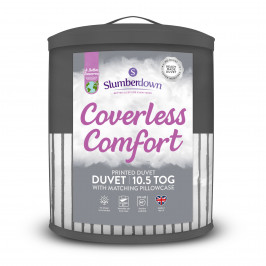
Slumberdown Printed Stripe Grey Coverless Duvet 10.5 Tog Double All Year Round Duvet With 2 Pillowcases
£35.00
Shop Now -
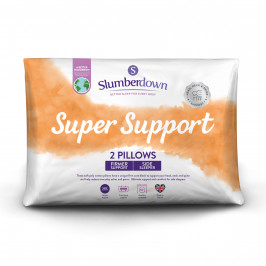
Slumberdown Super Support Firm Support Side Sleeper Pillow, 2 Pack
£17.00
Shop Now -
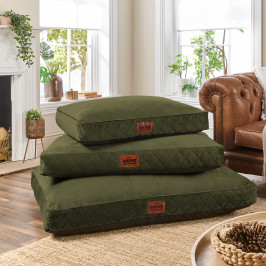
Slumberdown Paws for Slumber Olive Green Pet bed, Medium
£39.00
Shop Now -
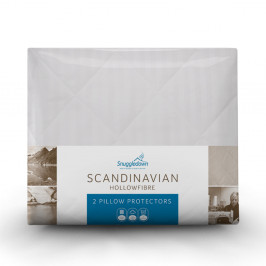
Snuggledown Scandinavian Hollowfibre Pillow Protector - Pack of 2
£15.00
Shop Now -

Slumberdown Sleep Soundly Anti Allergy Mattress Topper, King
£32.00
Shop Now -

Slumberdown Paws for Slumber Extra Large Pet Bed Spare Cover, Navy
£20.00
Shop Now -

Slumberdown Printed Stripe Grey Coverless Duvet
From: £30.00
Shop Now -
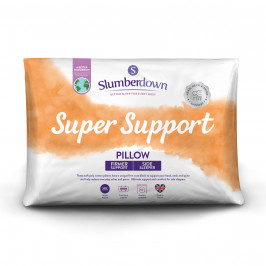
Slumberdown Super Support Firm Support Side Sleeper Pillow
From: £17.00
Shop Now -

Slumberdown Paws for Slumber Medium Pet Bed
From: £39.00
Shop Now -
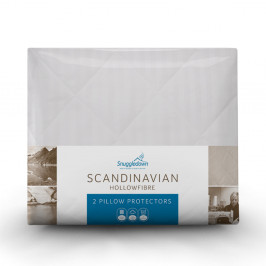
Snuggledown Scandinavian Hollowfibre Pillow Protector
From: £15.00
Shop Now -

Slumberdown Sleep Soundly Anti Allergy Mattress Topper
From: £25.50
Shop Now -

Slumberdown Paws for Slumber Extra Large Pet Bed Spare Cover
From: £20.00
Shop Now -
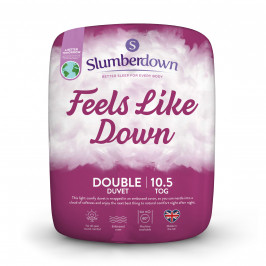
Slumberdown Feels Like Down Duvet 10.5 Tog Double All Year Round Duvet
£23.00
Shop Now -

Slumberdown Anti Allergy Medium Pillows, 2 Pack
£16.00
Shop Now -

Slumberdown Paws For Slumber Sherpa Large Pet Bed, Charcoal
£32.50
Shop Now -

Slumberdown Cool Sleep Ultracool Nylon Summer Pillowcases
From: £19.00
Shop Now -

Slumberdown Feels Like Down Duvet
From: £21.00
Shop Now -

Slumberdown Anti Allergy Soft/Medium/Firm Pillows
From: £15.00
Shop Now -

Slumberdown Paws For Slumber Sherpa Pet Bed, Large
From: £32.50
Shop Now -
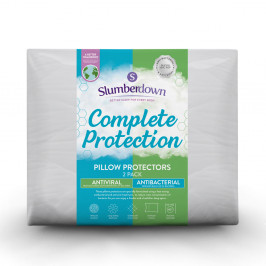
Slumberdown Complete Protection Antiviral Pillow Protector, 2 Pack
£14.00
Shop Now -
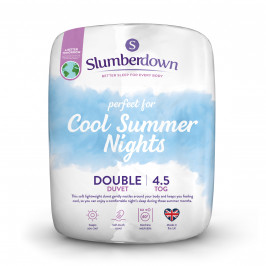
Slumberdown Cool Summer Nights 4.5 Tog Double Summer Duvet
£18.50
Shop Now


